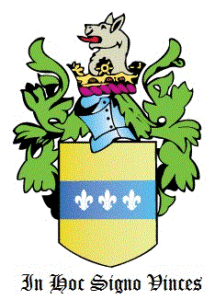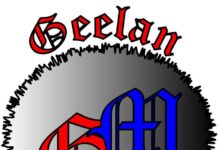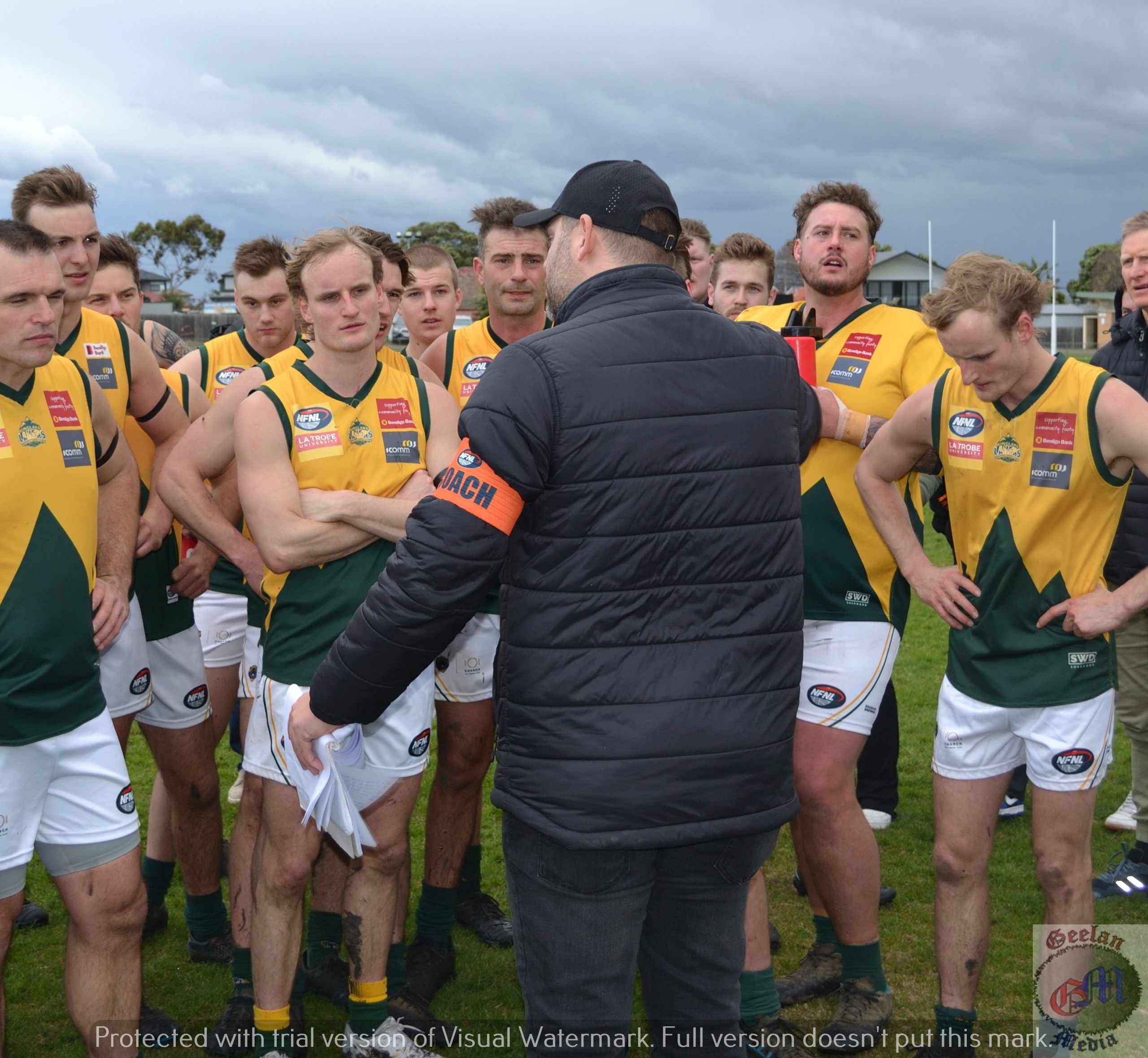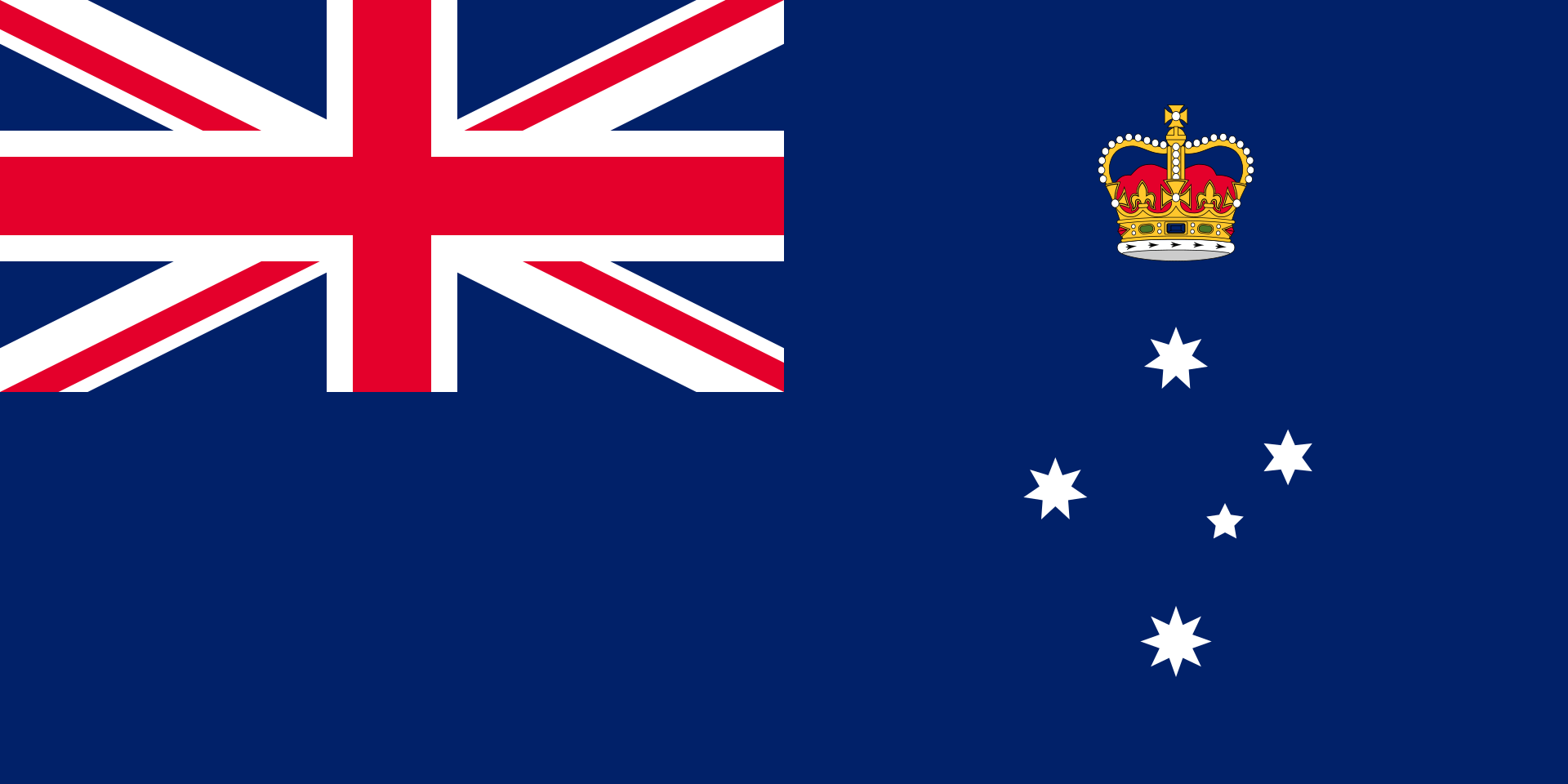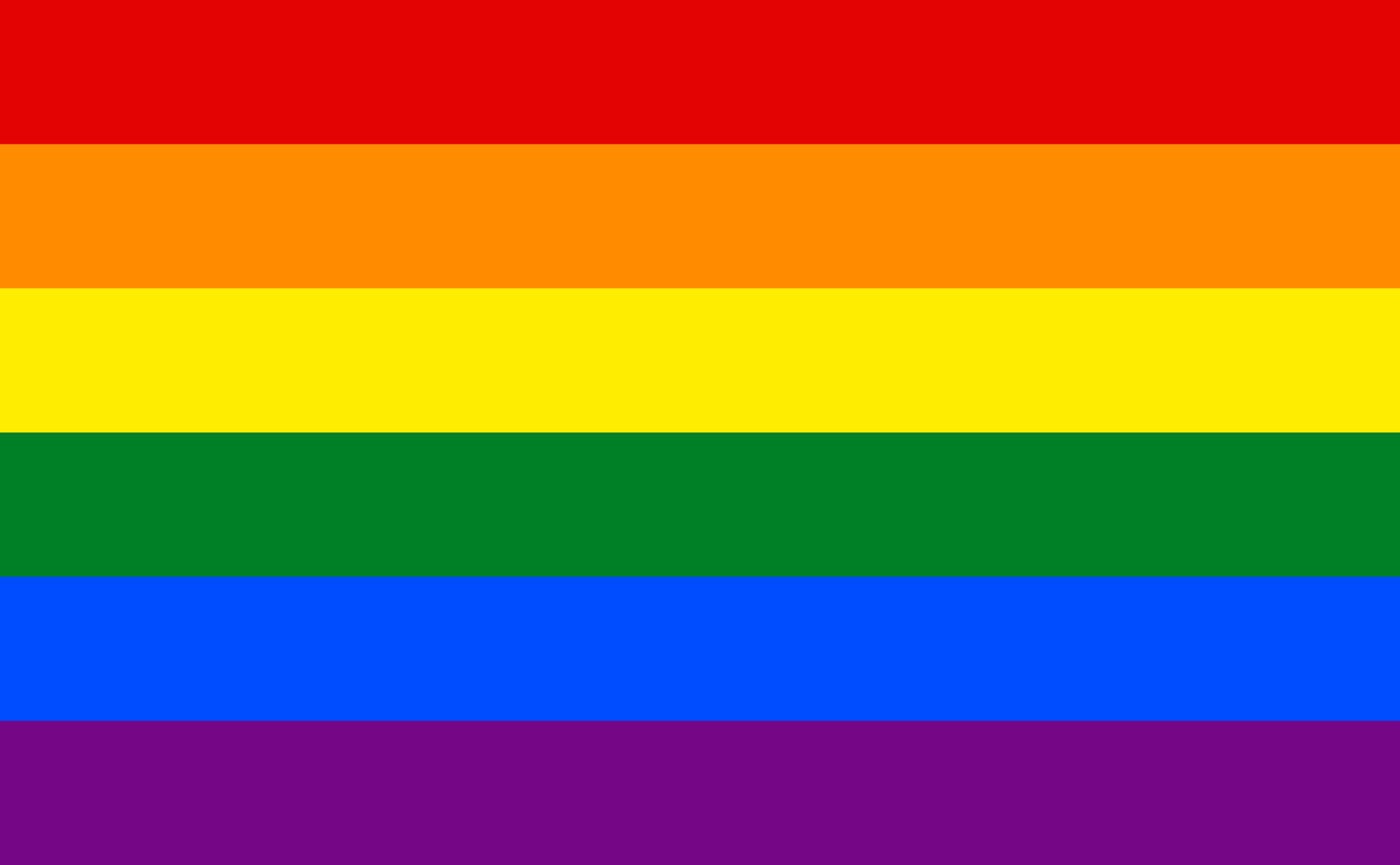Today, April 18, radio amateurs – often called ‘hams’ – worldwide will take to the airwaves in celebration of World Amateur Radio Day. It was on this day in 1925 the International Amateur Radio Union was formed in Paris.
Amateur Radio experimenters were the first to discover that the shortwave spectrum 3-30MHz) and far from being a wasteland as it was thought of in the 1920s, shortwaves could support worldwide propagation.
In the mad rush to use these shorter wavelengths, amateur radio was “in grave danger of being pushed aside,” by early radio broadcasters who quickly realised they could sell ‘air time’ to advertisers, the IARU’s history has noted.
Amateur radio pioneers met in Paris in 1925 and created the IARU to support amateur radio worldwide.
Just two years later, at the International Radiotelegraph Conference, amateur radio gained the HF (shortwave) frequency band allocations still recognized today — 160m (1.8MHz), 80m (3.5MHz), 40m (7MHz), 20m (14MHz), and 10 (28MHz) metres.
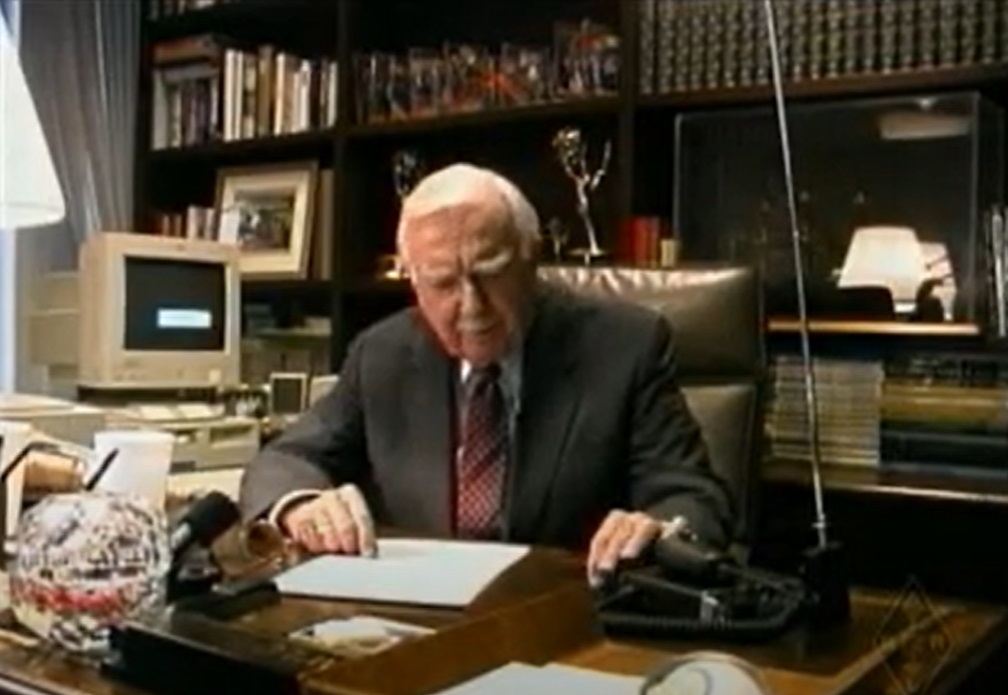
Since its founding, the IARU has worked tirelessly to defend and expand the frequency allocations for amateur radio.
Thanks to the support of enlightened government administrations in almost every part of the globe – except North Korea and Yemen – radio amateurs are now able to experiment and communicate in frequency bands strategically located throughout the radio spectrum.
Twenty-five countries, including Australia, formed the IARU in 1925
Today, the IARU has grown to include 160 member societies in three regions. IARU Region 1 includes Europe, Africa, the Middle East, and Northern Asia. Region 2 covers the Americas, and Region 3 is comprised of Australia, New Zealand, the Pacific Island nations, and most of Asia.
The International Telecommunication Union (ITU) has recognized the IARU as representing the interests of amateur radio.
Today, amateur radio is more popular than ever, with more than 3,000,000 licensed operators.
World Amateur Radio Day is the day when IARU Member-Societies can show our capabilities to the public and enjoy global friendships with other amateurs worldwide.
The IARU has represented the Amateur Service at international and regional regulatory bodies by relying on our volunteers who come from many countries and communities.
IARU has been a sector member of the ITU since 1932 and the work of volunteers has continued since that date with unmatched success, as highlighted by the accomplishments at the World Radio Conference 2023 (WRC-23).
Leading up to our centenary year in 2025 the IARU wishes amateur radio operators worldwide to reflect on the remarkable achievements of radio amateurs over the last 100 years.
While the Amateur Service has been in operation for over a century, 1924 was the first year that intercontinental amateur communication became commonplace.
Since that time radio amateurs have made unparalleled advances in technology related to the Amateur Services that play a critical role today in sustaining worldwide communications and providing communications when the ‘grid goes down’ to global emergencies.
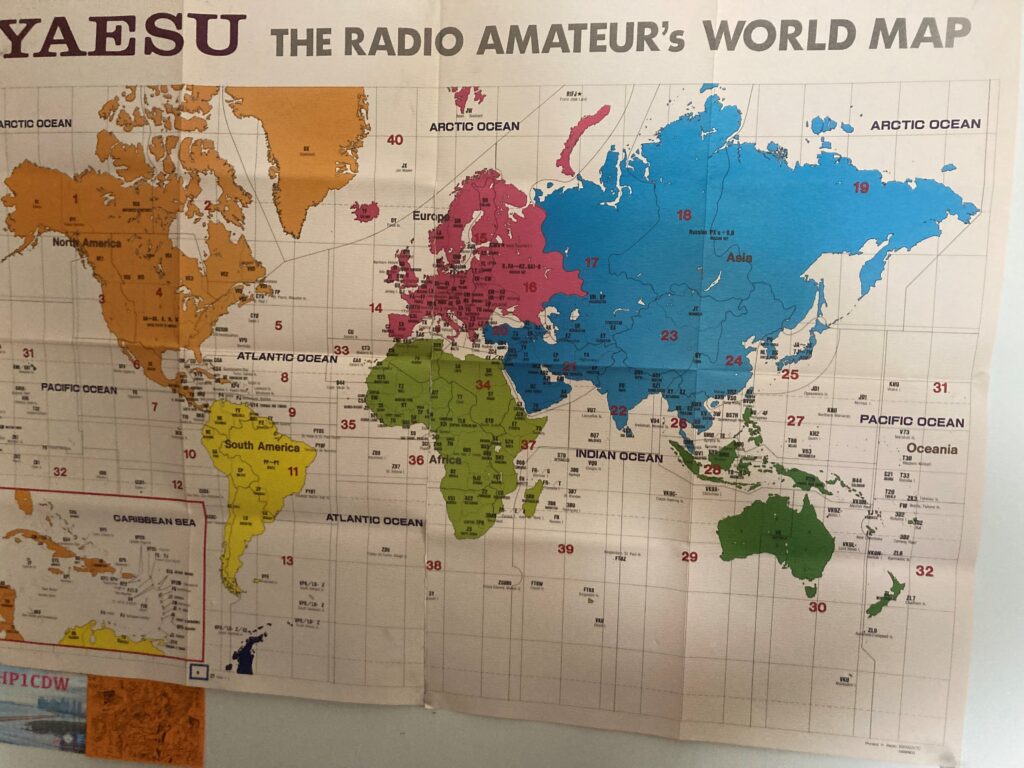
Examples include the Newcastle earthquakes, Cyclone Tracey, Black Saturday in 2009, Hurricane Katrina, September 11, earthquakes, floods, and bushfires. Any disaster.
World Amateur Radio Day is an opportunity to reflect on our achievements since 1924. We should celebrate our diverse community and the advances and innovations we have made as we look forward to celebrating the IARU centenary next year.
In Australia, amateur radio operators are represented by the Wireless Institute of Australia (WIA) to the Federal Government via the Australian Communications & Media Authority and the WIA also represents Australia’s interests to the IARU.
The WIA is a member of the IARU.
When All Else Fails. Amateur Radio Works.

